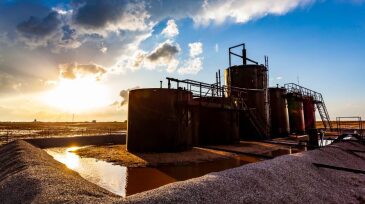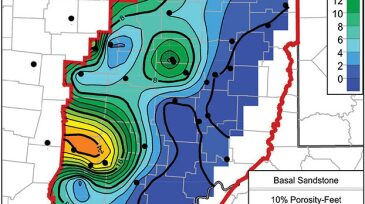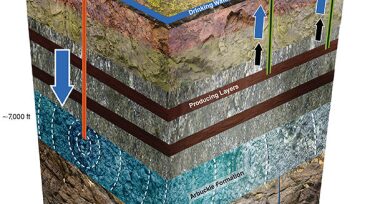water disposal
-
NGL Energy Partners announces acreage dedication for Delaware Basin water transport and disposal
-
Researchers mapped 251 faults in the North Texas home of the Barnett Shale, the birthplace of the shale revolution, finding that wastewater injection there “significantly increases the likelihood for faults to slip.”
-
This paper describes a coreflooding program performed with sandpacks at different permeabilities, water qualities, and injection conditions.
-
As oil production grows by millions of barrels in the Permian, so does the water. A report from Wood Mackenzie offers an estimate of the cost and who will be affected most.
-
Getting rid of wastewater from onshore wells has become an increasingly costly problem for oil producers as US crude output surged in recent years, especially in the new shale fields from Texas to North Dakota.
-
If crude prices, rig counts, and tight oil production demonstrate a stronger upward trend in the months to come, US shale operators may find themselves with more produced water than they bargained for.
-
Water production normally increases as fields mature, and two main ways exist to deal with the produced water. One is to dispose of the produced water into dedicated disposal wells. The other is to reinject the produced water for pressure maintenance or sweep efficiency.
-
Earthquake in Cushing, OK -- home to the largest oil storage facility in the world -- leads to further regulatory action on disposal wells in the area.
-
Research and development firm Battelle is working on a new induced-seismicity study that aims to help wastewater disposal well operators in Ohio stay on the good side of state regulators.
-
Industry regulators in Oklahoma have rolled out broad new restrictions on more than 600 disposal wells as part of the largest action of its kind taken in response to earthquakes.









